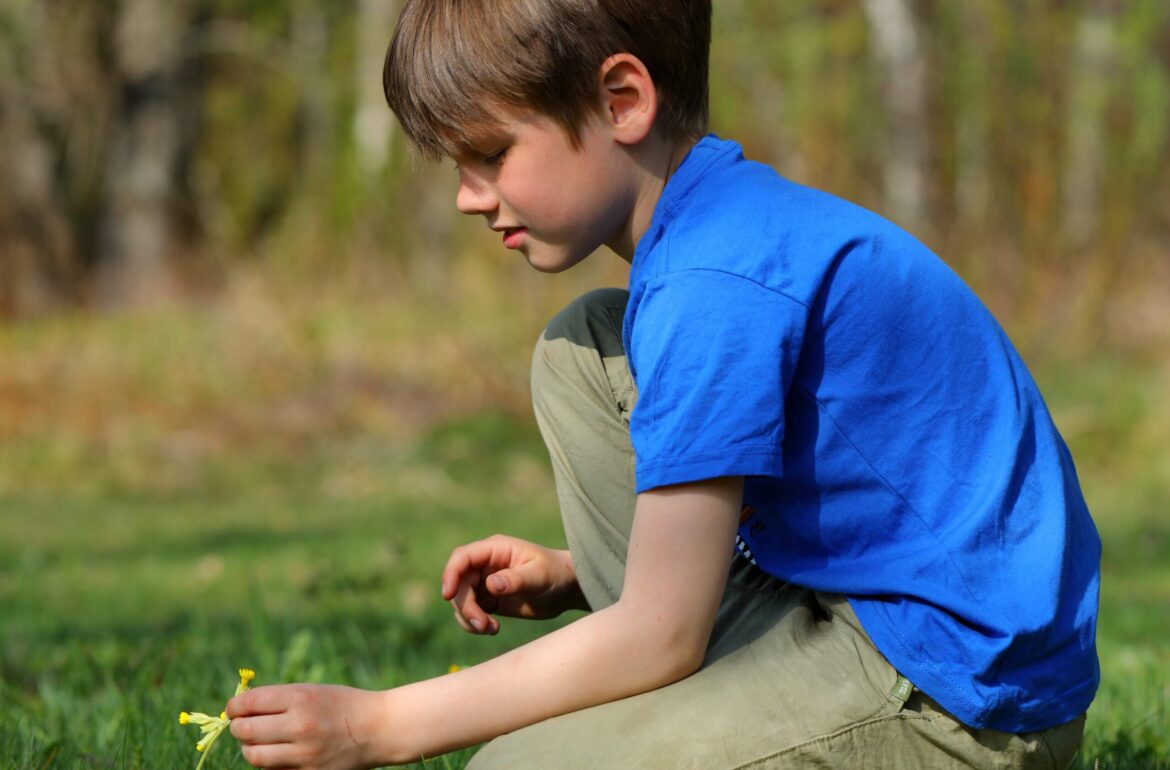In spring 2021, a Citizen Science initiative “Looking for Cowslips” initiated by Estonian researchers has been launched all across Europe. The aim of the campaign is to collect as much data as possible about a specific spring flower, cowslip (Primula veris). Everybody can take part in the largest cowslip observation campaign in Europe and contribute to science.
Citizen science initiative has started successfully. Citizen scientists from 30 participating countries have already submitted information about more than 120,000 cowslips. For easy data entry people can use the campaign webpage available in most European languages.
The observation is easy: go into the wild, find the yellow spring flower – the cowslip (Primula veris) – look inside the flower and send the findings and some photos to the researchers via webpage cowslip.science/en.
“This is the best time to spend in the wild, and adding some new activities to nature walks is just wonderful. Moreover, making cowslip observations helps people get more knowledge about their surroundings and provide vital information for scientists – it is a win-win situation,” said Dr Tsipe Aavik, the lead researcher of the cowslip project.
People across Europe have been very interested in this science campaign. “Most observations so far have been from the United Kingdom, Czech Republic, France and Latvia. The peak of the cowslip bloom time is a bit longer because of the colder weather lately and everybody still has a chance to take part in this great wildlife initiative,“ added Dr Aavik.
Cowslips are typically found on grasslands, on the edges of forests, by the roadside, in coastal areas and mountains. The campaign is keen on findings about wild cowslip populations as this provides critical information about the effects of landscape change on biodiversity.
“We are particularly interested in ‘natural’ or ‘wild’ populations. This helps us to assess the well-being of cowslips and other grassland species in traditional meadows, which have been lost at worrisome pace throughout Europe. However, we have been observing ‘semi-wild’ cowslip populations in urban areas, e.g. road verges and small meadow patches, including ‘semi-wild’ backyards, which are important refuges and modern substitutes for these once widespread grasslands,” added Dr Aavik.
After the blooming period is over, the scientists analyse the data and give feedback about the findings. Scientists and experts across Europe have been active in preparing the campaign and getting ready to analyse the data.
At this point, the cowslip observations campaign is underway in Austria, Belgium, Bulgaria, Croatia, Czech Republic, Denmark, Estonia, Finland, France, Germany, Greece, Hungary, Ireland, Italy, Latvia, Lithuania, Luxembourg, the Netherlands, North Macedonia, Norway, Poland, Portugal, Serbia, Slovakia, Slovenia, Sweden, Switzerland, Russia, Ukraine, and the United Kingdom.
Further information:
Tsipe Aavik
tsipe.aavik@ut.ee
+372 516 1187
 Back
Back



